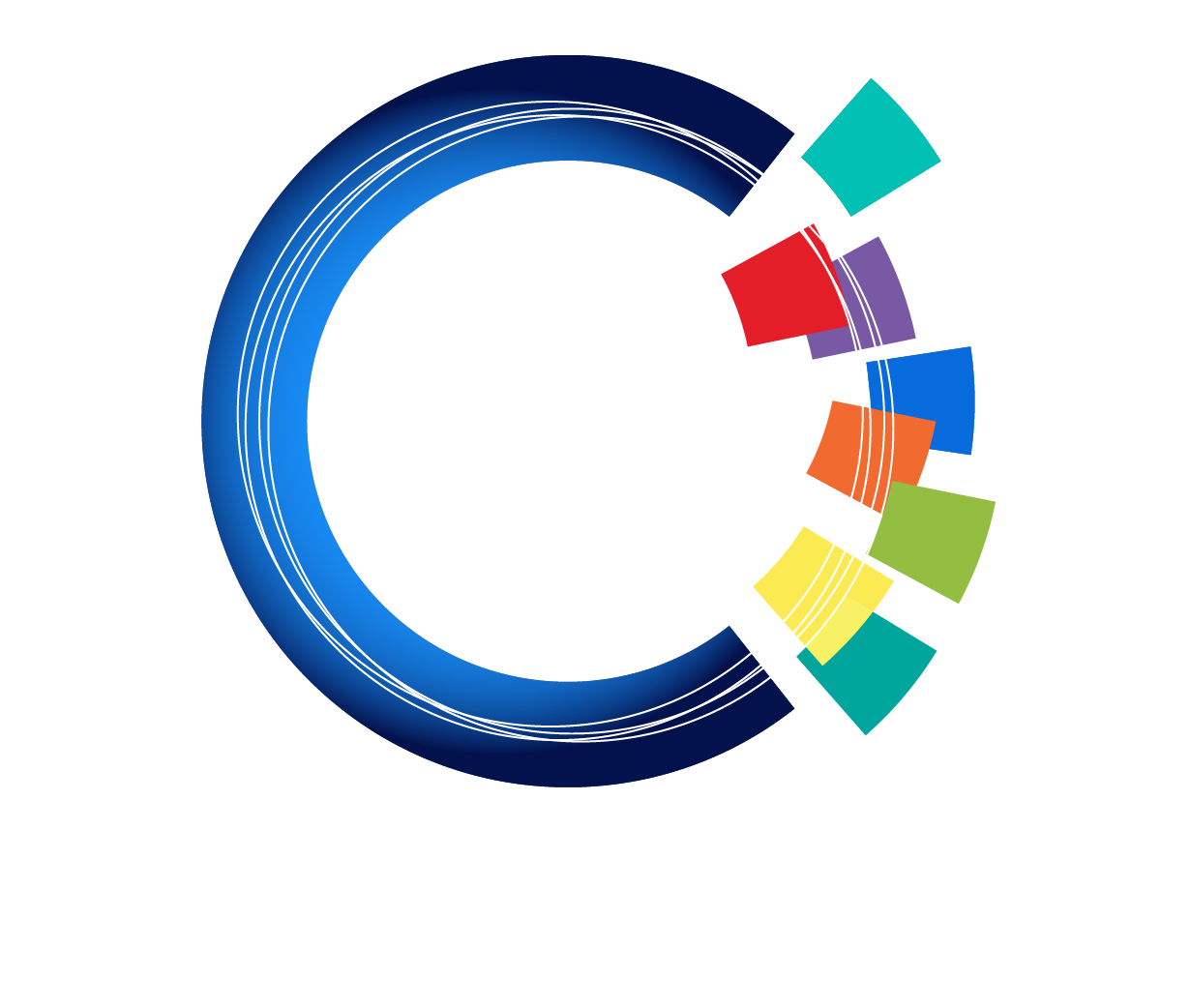In basketball, a pivot is a rotation to face another direction, in order to pass or shoot the ball more effectively. I have been reviewing a variety of reading material about conflict resolution and was surprised to find that the book The Conflict Pivot by Tammy Lenski[1] uses this basketball term as a highly visual metaphor for a unique approach to addressing conflicts.
This excellent book focuses on how you can find peace of mind when faced with a conflict, without focusing on what the other party can do. I find the approach innovative, well argued, well documented and highly practical.
The approach proposes three successive pivots to address any situation of conflict you may experience:
Pivot 1: Away from your “stuck story” and towards its message
This first pivot asks you to stop ruminating on your stuck story and, instead, attend to what this stuck story is telling you. A conflict story can hold a meaningful message for us if we take the time to consider it with an open mind.
Pivot 2: Away from their behaviours and towards your hooks
In a conflict, we normally view the other party’s behaviour as the reason we feel hurt, rejected, insulted, angry, etc. Instead, this pivot asks us to consider what has hooked us to the situation and which of our needs has not been respected. For example:
- Competence – our need to be recognised as capable, intelligent or skilled, or as having expertise
- Autonomy – our need to be acknowledged as independent and self-reliant and to have our boundaries respected
- Fellowship – our need to be included and viewed as likeable, cooperative and worthy
- Status – our need to be admired for our tangible and intangible assets, such as attractiveness, reputation and power
- Reliability – our need to be seen as trustworthy, dependable and loyal
- Integrity – our need for others to respect our dignity, honour, virtue and good character
In other words, this second pivot asks us to look at ourselves and what has been hurt, rather than at what the other party did.
Pivot 3: Away from the past and towards the now
Conflict thrives in the uncertain past of who said what, who did what, who’s to blame or what really happened. Focusing instead on the present and future can set you free. Conflict also thrives on our reliance on the other person to set things right. By focusing on what you can do about the conflict, you take back your power.
Tammy Lenski’s book elaborates in quite some detail on each of these pivots, using many practical examples. It is definitely worth a read!
The “conflict pivot” approach offers a path to finding peace of mind when faced with a conflict without involving an external and independent third party, such as a mediator. The approach does not resolve conflicts but suggests that you view conflicts differently and trust your own self-awareness and ability to distance yourself from your usual thought patterns and gut reactions. The Ombud is available, should you need a discussion and/or guidance on how to apply this approach to a conflict that may be bothering you.
Laure Esteveny
I would like to hear your reactions and suggestions – join the CERN Ombud Mattermost team at https://mattermost.web.cern.ch/cern-ombud/.
More information on the role of the CERN Ombud and how to contact her can be found at https://ombud.web.cern.ch/
[1] This article is strongly inspired by Tammy Lenski’s book, The Conflict Pivot, 2014, Myriaccord Media. See https://tammylenski.com/books/conflict-pivot/
